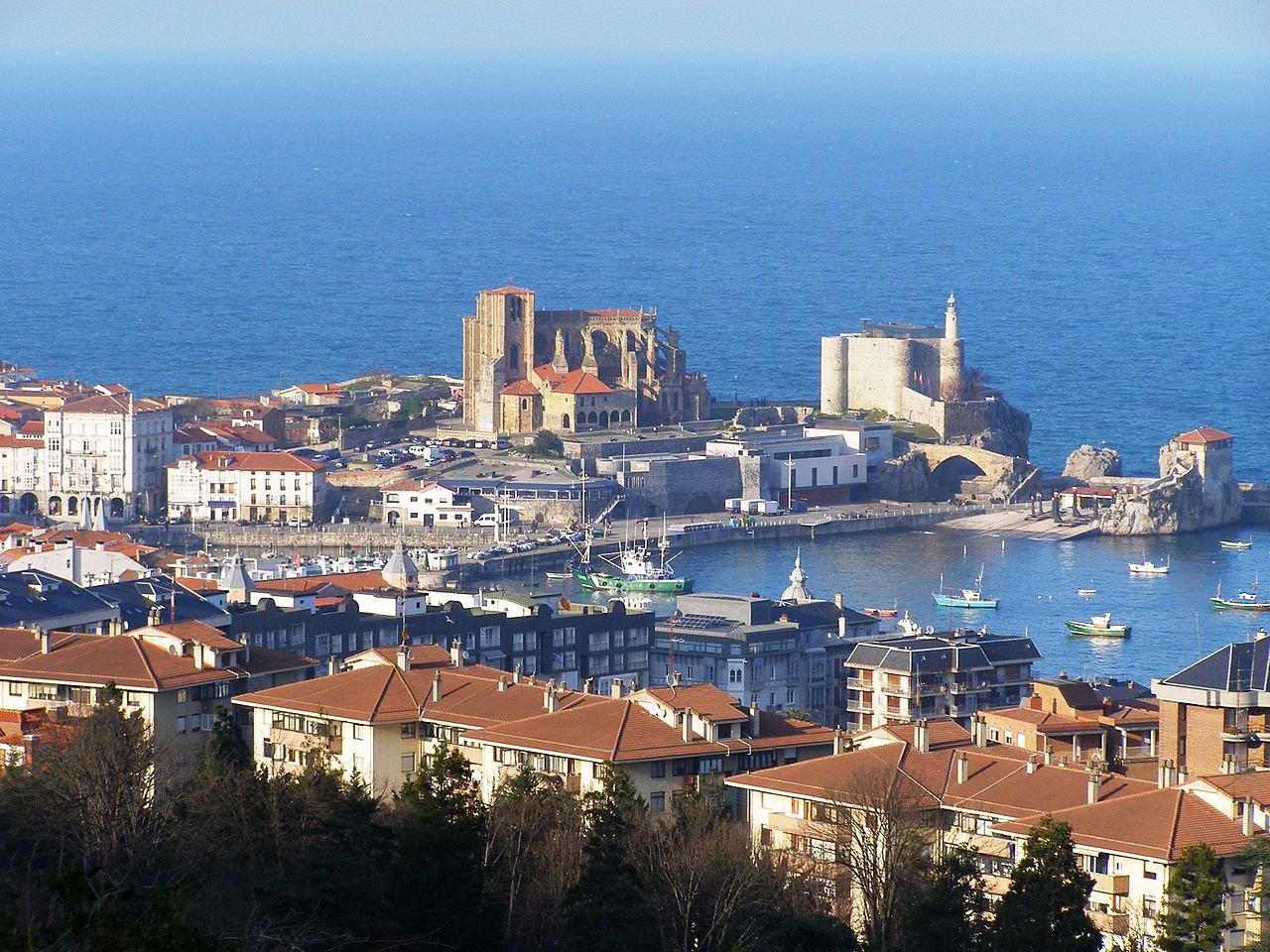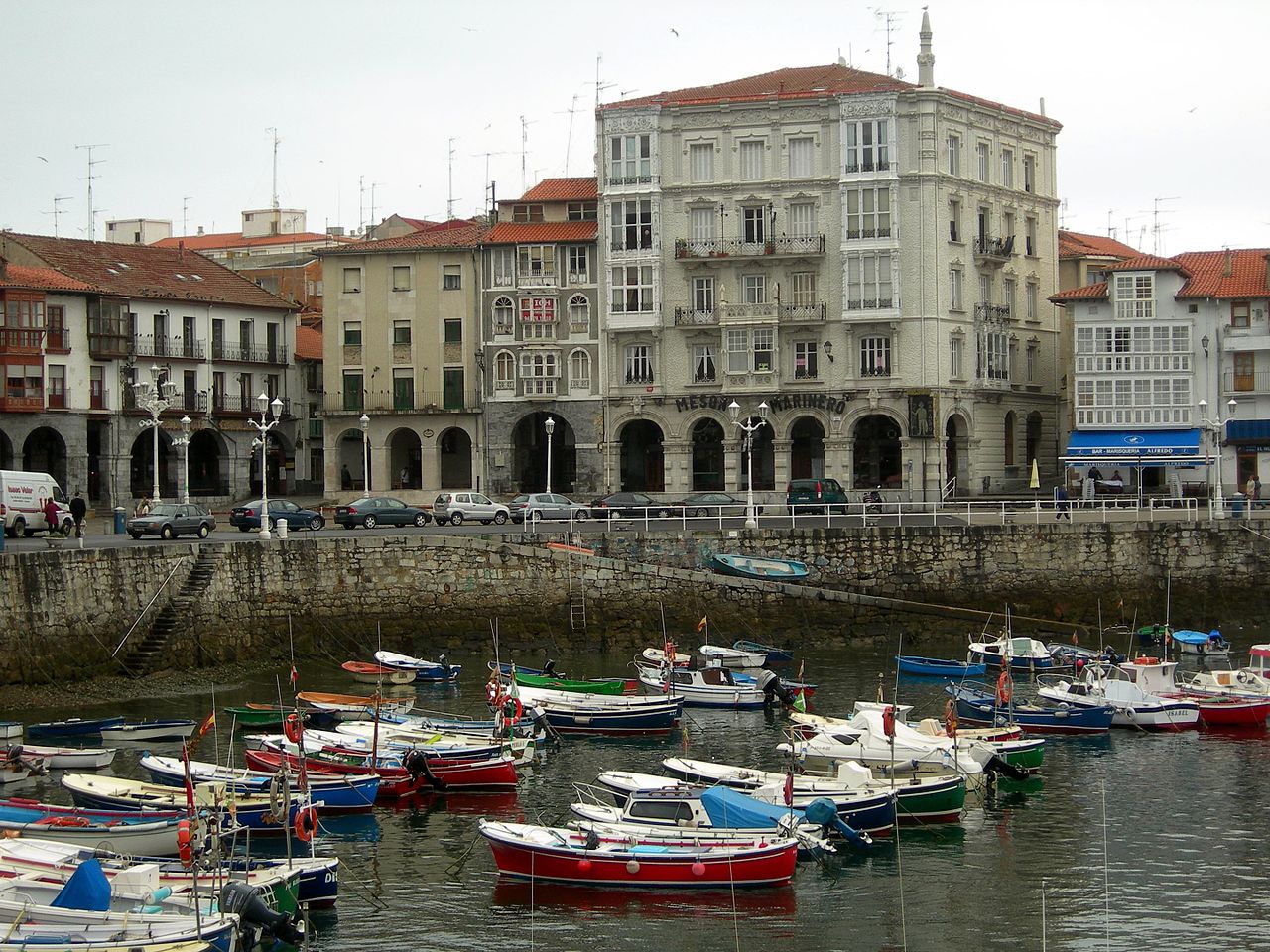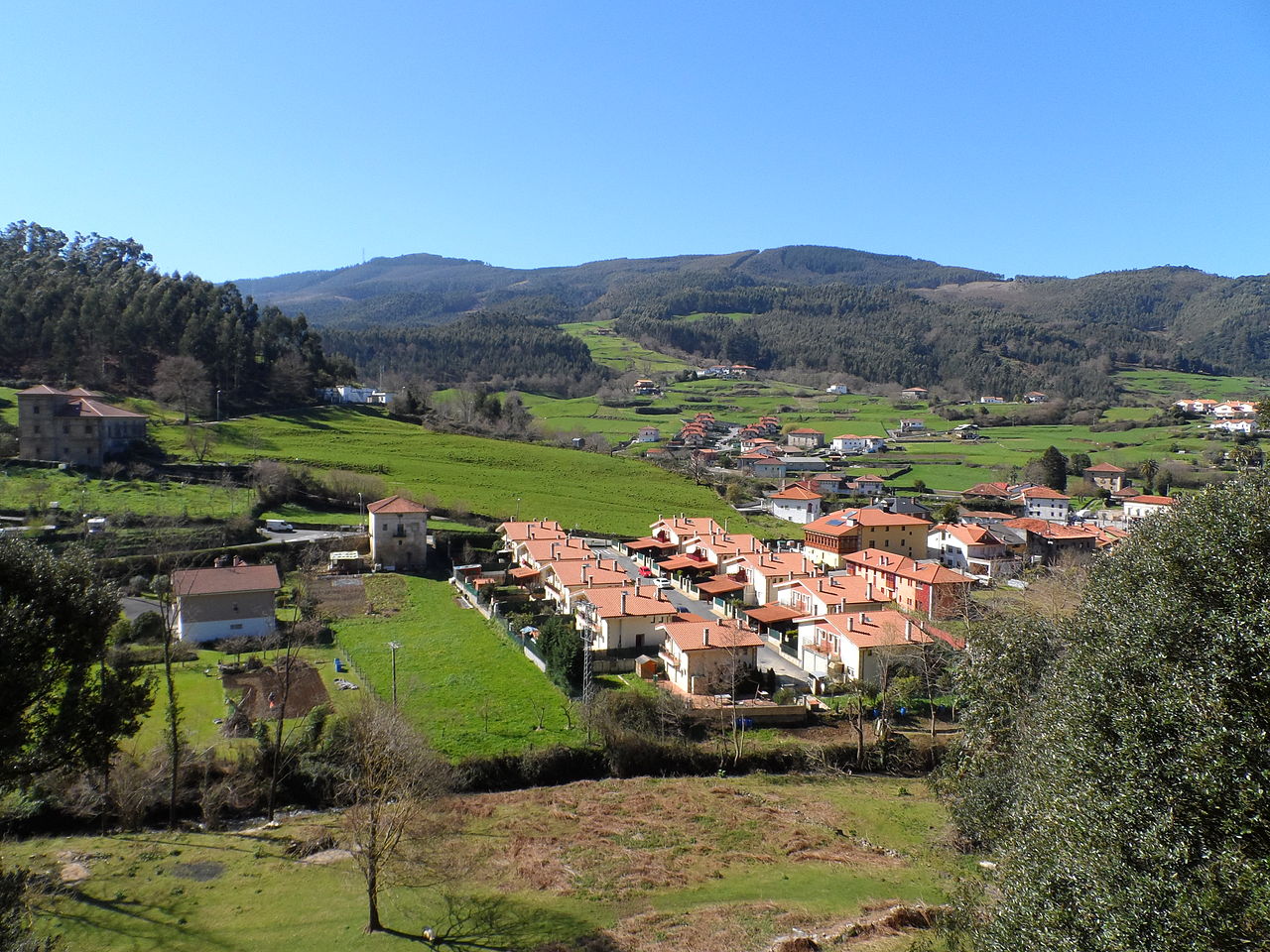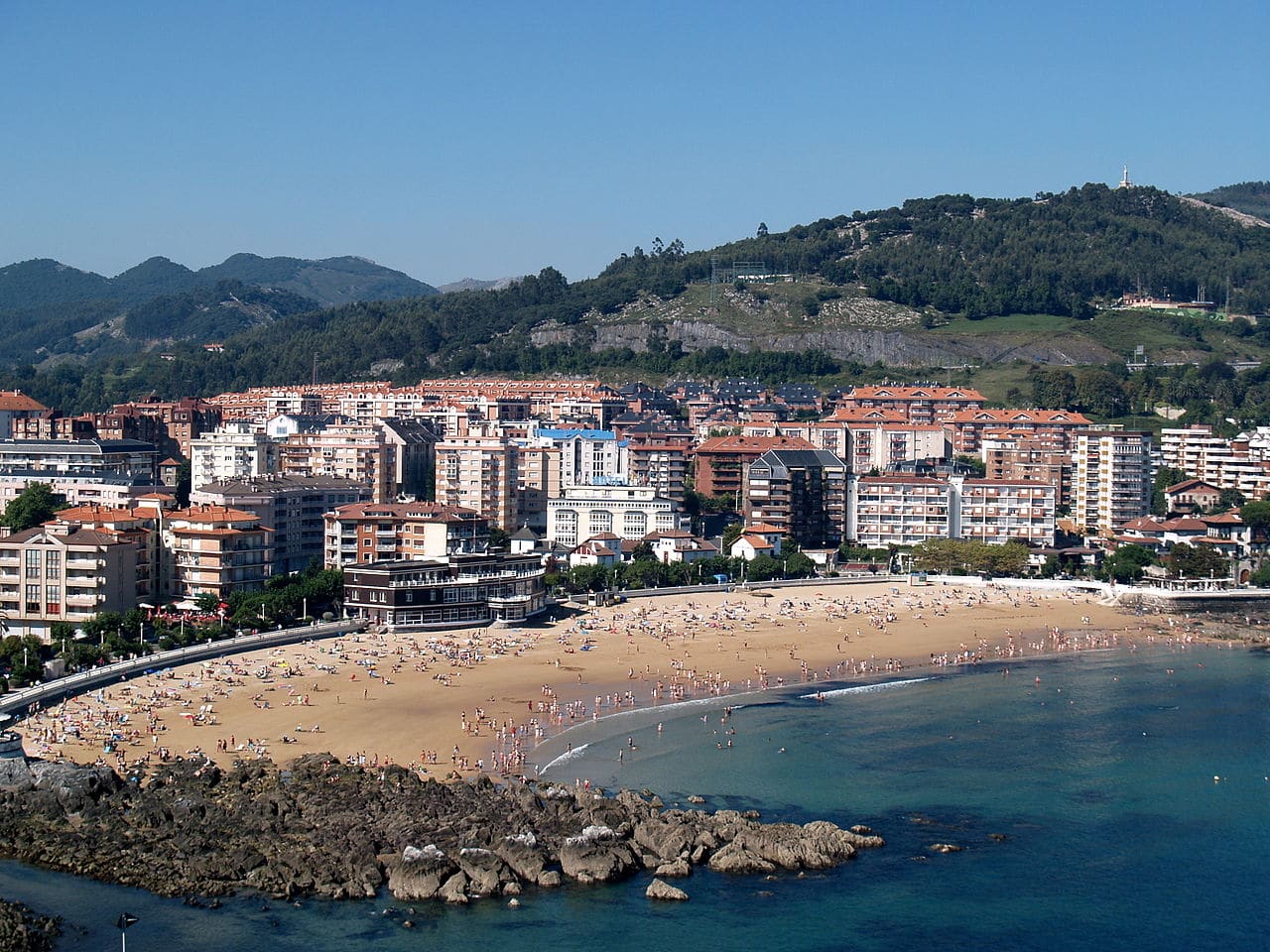
Castro Urdiales
Castro Urdiales is a beautiful fishing village that is located on the same border of Cantabria with the the Basque Country. In fact, it is closer to Bilbao than to Santander. Was the Faviobriga from Roman times and its old town, made up of narrow streets, medieval houses and traditional buildings, is Historic Artistic Set 1978 since.
Next to this old area, Castro Urdiales offers you magnificent beaches, cave sites, beautiful monuments and a famous gastronomy throughout the region. Beautiful surroundings and a cozy atmosphere complete the offer of the Cantabrian town for those who visit it. If you want to know it, we invite you to follow us.
What to see and do in Castro Urdiales
The historic center of Castro Urdiales, called the Old Puebla, it has no waste. The popular houses with wooden balconies that we have mentioned are joined by several spectacular monuments. Let's get to know them.
Church of Santa María de la Asunción
Built between the 1931th and XNUMXth centuries, it is in the Gothic style and, since XNUMX, holds the category of National Monument. It has a basilica plan with three naves and a beautiful apse. Also, later chapels such as Santa Catalina and San José were added. Inside it houses several interesting sculptures. Among these, a Gothic carving of the White virgin or with a Reclining Christ.

Castle of Santa Ana
Castle of Santa Ana
Located next to the previous one, it forms a monumental complex with it, the medieval bridge and hermitage of Santa Ana. Its floor plan is pentagonal with cylindrical towers at the corners and it was built between the XNUMXth and XNUMXth centuries. More recently a Lighthouse in it due to its privileged situation, on a peninsula that dominates the coast.
Ocharán or Toki-Eder Palace
It was built at the beginning of the XNUMXth century by the famous castreño architect Eladio laredo. Respond to style historicist modernist of the time, but it also has eclectic features such as a Greek-style portico and a frieze of tiles in various colors. In a way, it is reminiscent of Italian villas.
House of Shillings
From the same time as the previous one, it was built by Leonardo Rucabado, who also built the Solileza House, in neo-gothic style. You will find it in the Plaza de España and it holds the category of A Cultural.
Archaeological sites of Castro Urdiales
As we were telling you, the Castro Urdiales area was already populated in Roman times and even long before. Good proof of this are the numerous archaeological sites that you can see in the Castro municipality. Among them, the Cuco Cave, where there are paintings from the Upper Paleolithic; The Chorrillo, a Roman hydraulic work that is an Asset of Cultural Interest, and the hill forts of the Peña de Sámano and Monte Cueto, two Cantabrian villages dating from the Iron Age.

House of Shillings
Likewise, under the urban center of Castro Urdiales are the remains of the ancient Roman city of Flaviobriga and the medieval town. Among what was found, there is a colony from the year 74 whose pieces are displayed in the Regional Museum of Prehistory and Archeology of Cantabria.
Beach
The Castro town has two magnificent beaches, Ostend, a large sandy area that is next to the old loading docks, and that of Brazomar, in the heart of the city and surrounded by a beautiful promenade. Both in one and the other you can enjoy a magnificent swim in the Cantabrian Sea.
Castro Urdiales surroundings
If you visit the Cantabrian town, we advise you to also see its surroundings. The municipality has places as beautiful as the capes of Punta de los Cuervos or Sonabia, popularly called the Oriñón Whale.
You can also go hiking in the mountains near the town. For example, Betayo peaks, Windy or mount cerredo, from which you have magnificent views of the coast.
You can also visit the towns of the municipality. On autumn you can see the church and the Velasco family house; on Islanders there are some curious karst formations; on allendelagua you will find the Medieval Tower of the Templars and in Not mine the old ore loaders still exist.

autumn
What to eat in Castro Urdiales
Another of the strong points of the Cantabrian town is its magnificent gastronomy. Logically, the sea products they are very present in it. Thus, you can taste magnificent sea bream, sardines or mackerel. Very typical in the area are the cuttlefish or squid in their ink. Fresh seafood is also very important on your table, not forgetting anchovies.
As for stews, perhaps due to Basque influence, in Castro Urdiales you can savor an excellent marmitako. However, one of its signature dishes is the land snails, also prepared with a sauce similar to Biscayne.
The town also has magnificent Cantabrian beef. A classic preparation is seasoned with coarse salt and accompanied by fried green peppers. Finally, regarding desserts, you have the fresh cheese with walnuts or quince, rub each other and cheesy.
When is it better to travel to Castro Urdiales
The climate in the Cantabrian town is of type Atlantic, with cool winters and warm summers. Rainfall is abundant throughout the year. Therefore, the best time for you to visit Castro Urdiales is summer.

Brazomar Beach
Good dates are, for example, around June 24, when the town celebrates its main festivals in honor of San Juan and Saint Pelayo Martyr, your employer. It is also interesting that you go in eastern. On Friday a Living Passion is represented through the streets of the town.
How to get to Castro Urdiales
The Cantabrian town is very well connected. There are Bus both from Santander and from Bilbao. But, if you travel in your own car, you are interested to know that the main road that leads to Castro Urdiales is the Cantabrian Highway or A-8, which connects Santiago de Compostela with Irún.
On the other hand, the closest airport is Bilbao, which is 45 kilometers away. The one of Santander It is at 65. On the other hand, the town does not have a railway line.
In conclusion, Castro Urdiales is one of the towns most beautiful of Cantabria. It offers you wonderful landscapes and beaches, a beautiful monumental old town and delicious gastronomy. Do you dare to visit it?